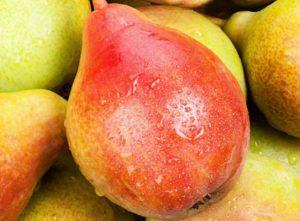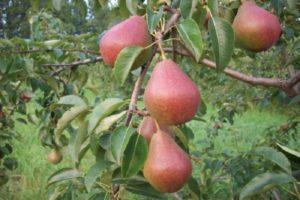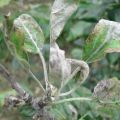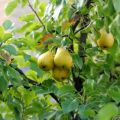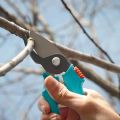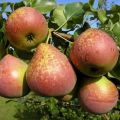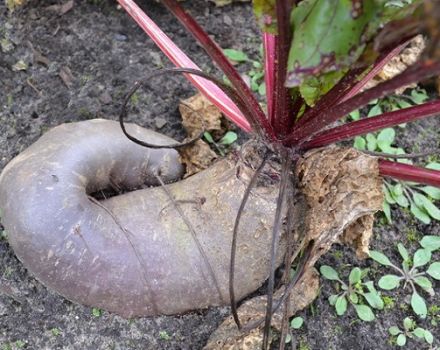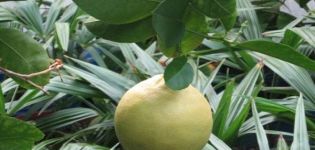Description and pollinators of pears of the Belorusskaya late variety, planting and care
Delicious fruit fruits are relevant at any time of the year. They are pleasing to the eye and can decorate any table. Pear of the Belorusskaya Late variety is an autumn variety with a long shelf life. This variety is frost-resistant, and caring for such trees is not difficult. To grow such a culture, it is important to know the intricacies of planting and caring for it.
The history of the pear variety Belarusian late
The winter variety Belorusskaya Late was bred thanks to the sowing of self-pollinated pear Dobra Luiza. Since 2002, the pear has been cultivated in Russia and is suitable for the central and northern regions. Breeders are gradually developing more advanced varieties of this variety..
Description and characteristics of the variety
The tree has a dense crown that resembles a ball. The height of the pear can be up to 5 meters. Small oval-shaped leaves are light green in color. White flowers with elliptical petals emerge from the cone-shaped buds. The fruits are elongated with a rough skin and tender juicy pulp. Their taste is significantly ahead of another winter-hardy variety - Winter Belarus.
Belorusskaya late is considered to be a partially self-pollinated variety. However, to increase yields, gardeners artificially pollinate the plant. The best pollinators for this pear are varieties such as Bereloshitskaya, Conference, or Maslyanistaya Loshitskaya.
A tree can independently pollinate only if it is planted near these plants.
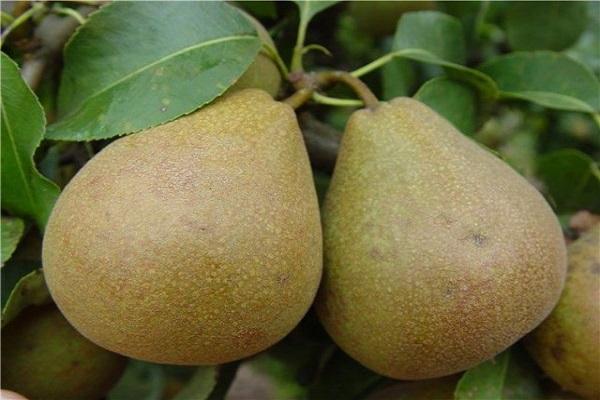
Main advantages and disadvantages
Like any other pear variety, Belorusskaya late has a number of advantages:
- Early maturity. The first fruits can be obtained 3-4 years after planting the tree.
- Months of storage of fruits, provided the necessary conditions. In some cases, they persist until April.
- Winter hardiness. Due to this characteristic, the variety is actively used by gardeners in areas with a cold climate.
However, there are also disadvantages:
- fruiting is not constant;
- the plant is susceptible to the harmful effects of diseases: scab and bacterial burn;
- with bountiful harvests, the fruits themselves become smaller;
- the tree's tendency to thicken the crown requires regular pruning.
The existing disadvantages of the variety are compensated for by excellent taste. And with proper care, minor flaws are not a hassle.
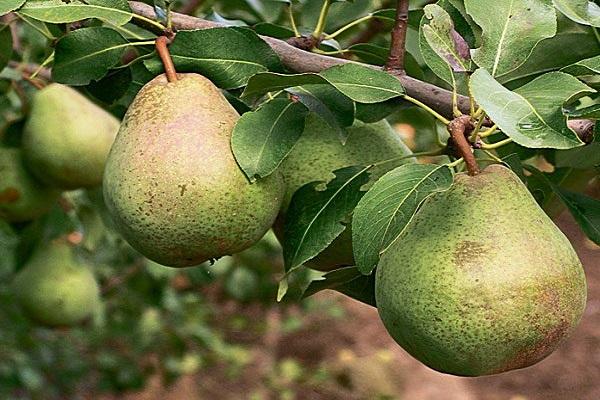
The specifics of growing crops
In order for a culture to regularly bear fruit and not lose its qualities, it is necessary to take a responsible approach to its cultivation. It is important to consider all aspects: place, time and sequence of planting, as well as further care.
Place and time of boarding
Where the tree is located depends not only on its appearance, but also on the quality of the fruit. The culture prefers a warm and bright place. It is advisable to place the tree on the south side of buildings or near a fence to reduce the negative impact of cold winds. The lowland is not suitable for this variety, since cool air accumulates in it, and melt water remains for a long time.
The pear of the Belorusskaya Late variety is planted in spring - before the buds appear, after the snow melts. You can plant a pear tree in the fall - before the onset of frost. This will allow the pear to take root until severe frosts, and in the next season the sprout will grow.
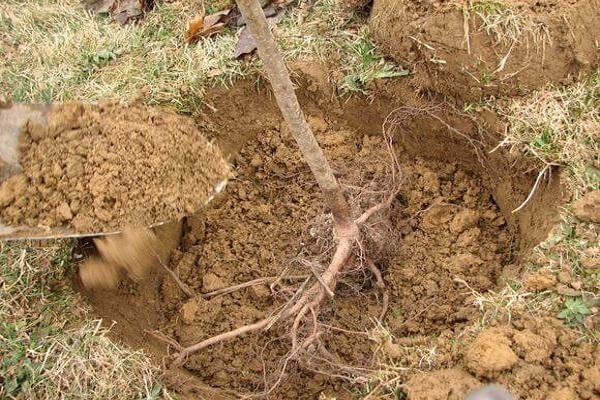
Selection of seedlings
Seedlings with open roots or grown in containers are used as planting material. The ideal option for purchasing a seedling is considered to be a nursery in which the specimen you like is dug out before selling. When choosing sprouts with an open root system, you need to pay attention to the appearance of the plant:
- there should be no visible damage on the leaves;
- it is better to choose roots with a length of at least 30 centimeters;
- root system without growths, blackness and mold;
- the bark is smooth and not dry.
If the sprout is less than a year old, it may not have branches. On a two-year-old sapling - the rudiments of small twigs.
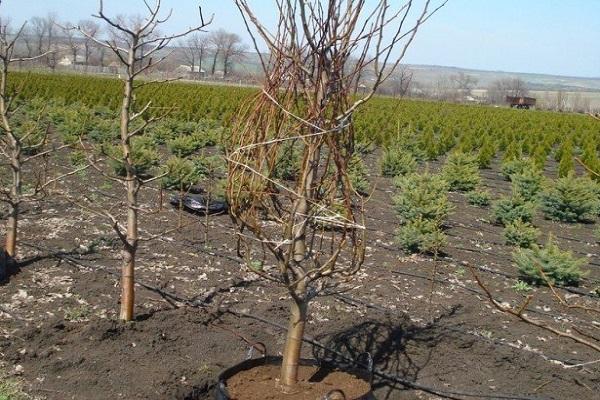
Correct fit
Landing technology involves the following sequence of actions performed:
- Soil preparation. It must be enriched with fertilizers and loosened. The landing pit is dug up to 80 centimeters deep, with a diameter of about a meter.
- Dipping the seedlings into the center of the hole.
- Backfill with a mixture of soil, manure, river sand and mineral fertilizers.
- Compaction of the landing site.
- Abundant watering.
- Mulching with bark or small wood shavings.
Before planting, the roots of the seedlings can be soaked in the solution of the Kornevin preparation to improve root formation.
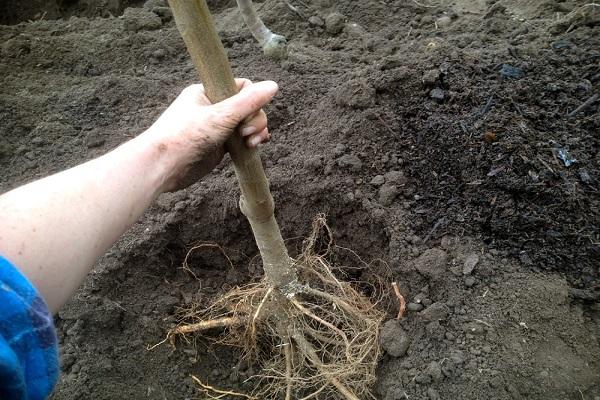
Features of tree care
It is not enough just to plant a culture. She needs regular care and attention.
Watering and loosening
The trees of the Belorusskaya Late variety are resistant to arid climate. However, in case of prolonged drought, it is recommended to water the pear twice a week with clean water. One unit needs to spend from 50 to 70 liters. In order for fertilizers to penetrate deeply into the root system, the upper part of the soil should be loosened. This procedure will help improve the air supply to the plant and fight weeds.
Fertilizers
A couple of years after planting, the pear must be fed with mineral mixtures and organic solutions. Pear trees respond positively to nitrogen fertilization.
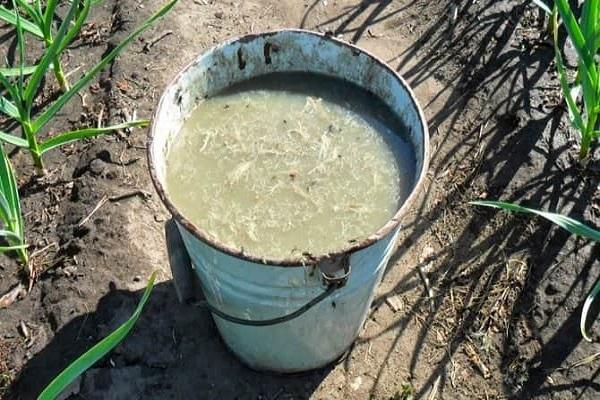
The optimal combination of pear feeding is a mixture of bone meal and deciduous tree ash. In the future, fertilizers are applied twice a year - in spring and autumn. If problems arise with the appearance of the tree, it is possible to add summer dressings by foliar method. Top dressing should be applied only after abundant watering of the tree.
Pruning
To form a beautiful crown, a young tree is cut off, leaving 3-4 branches that visually look developed. About a quarter of the height is cut from the trunk. Pruning is done in the spring or fall months.
Important! To avoid damaging the tree, you should use a sharpened pruner or a garden knife for pruning.
It is important to remove all damaged branches. If they are large, they should be removed to the ring.
Whitewash
In spring, the trunk should be protected from pests and sunlight. For this, it is treated with lime. The event is also held in the autumn months - in order to avoid the multiplication of parasites and fungal infections.The procedure should be carried out in dry weather. To make a solution, it is necessary to combine lime, copper sulfate, wood glue and water.

Preparing for winter
Even taking into account the fact that the variety is considered winter, the probability of freezing still exists. To protect the pear tree from low temperatures, a high layer of wood shavings are poured around the trunk, and the trunk itself is wrapped in paper.
Diseases, pests, prevention
The pear is susceptible to damage from harmful bacteria and insects. To prevent disease, preventive measures should be taken regularly.
Scab
When a fungus appears on the soil, scab damage can be assumed. Due to the disease, light spots appear on the leaves of the plant, and the fruits are covered with a dark bloom, in which cracks with rot are formed. For treatment, the pear must be treated with a solution of the fungicide and water.

Powdery mildew
This disease affects the leaves and inflorescences. It strikes young shoots. If damaged parts of the stem are found, they are removed and burned. To combat the disease, spraying with Fundazol or a solution of soda ash with liquid soap is used.
Leaf roll
This pest feeds on leaves, folding them into a tube. To combat it, insecticide solutions are used: Lepidocyte, Kinmiks, Karate. Damaged foliage and fruits should be removed and burned to prevent re-infection.
Pear moth
The insect lays eggs on the fruit, and then gnaws the pulp to seeds. It is them that she feeds on until pupation. As a prophylaxis, spraying with insecticides is used. For example, Fitoverma.
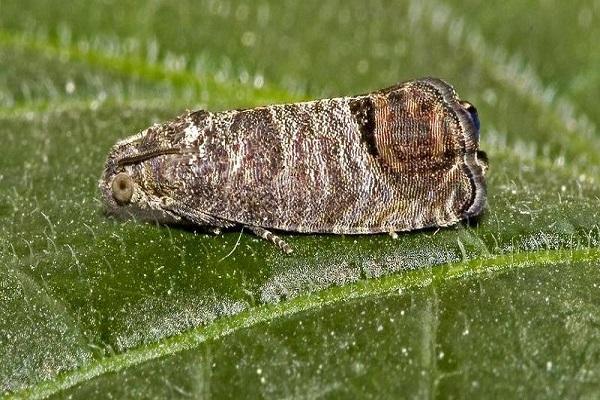
Harvesting and storage of pear Belarusian late
The variety is winter, so picking should be started about three weeks earlier than other varieties. The fruits are cut by hand. The optimal container for this is a bag with a detachable day. This will allow you to accurately move the pears into any container without mechanical damage.
Important! To ensure proper storage, you must avoid separating the stalk from the pear..
During the harvesting process, it is advisable to carry out an initial sorting of pears. It is advisable to set aside damaged fruits for processing immediately.

Healthy fruits should be stored in wooden boxes or special containers, in rooms with adequate ventilation. Indoor temperature can range from 2 to 9 degrees Celsius. To remove excess moisture from the room, it is enough to place several containers with salt or lime.
You need to lay the fruits in one (maximum two) layers, with the stalks up. Layers are transferred with newsprint. If there is a possibility of a more careful placement of the crop, each of the fruits is wrapped in a newspaper.
Growing belarusian late pears is an opportunity to decorate your garden and fill your diet with delicious fruits for several months.
